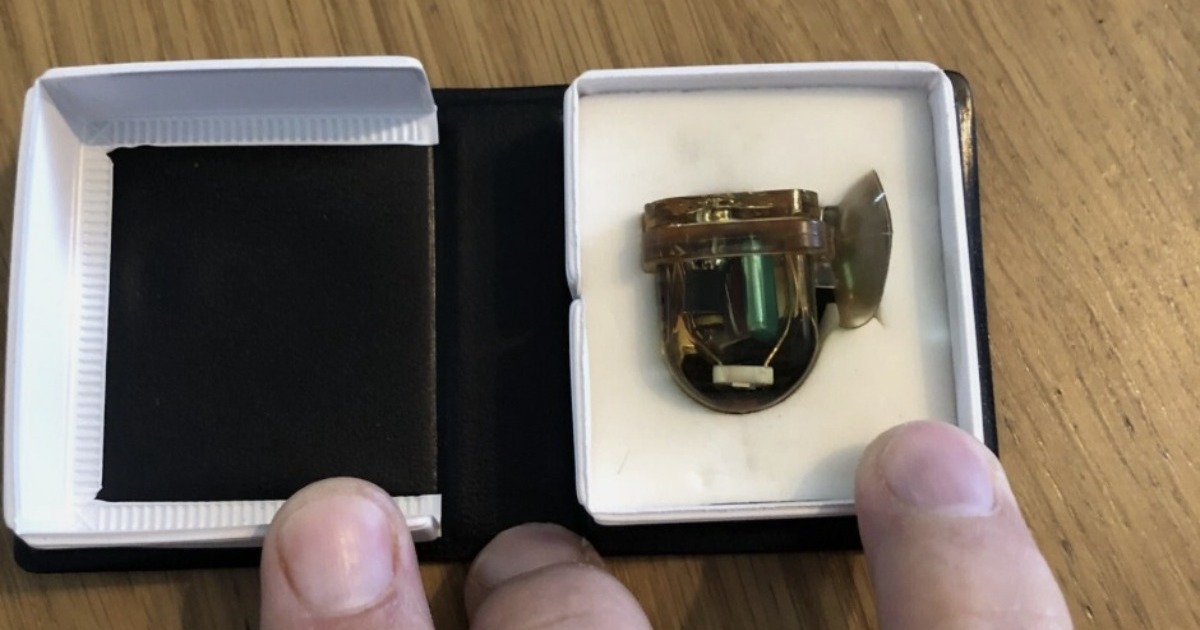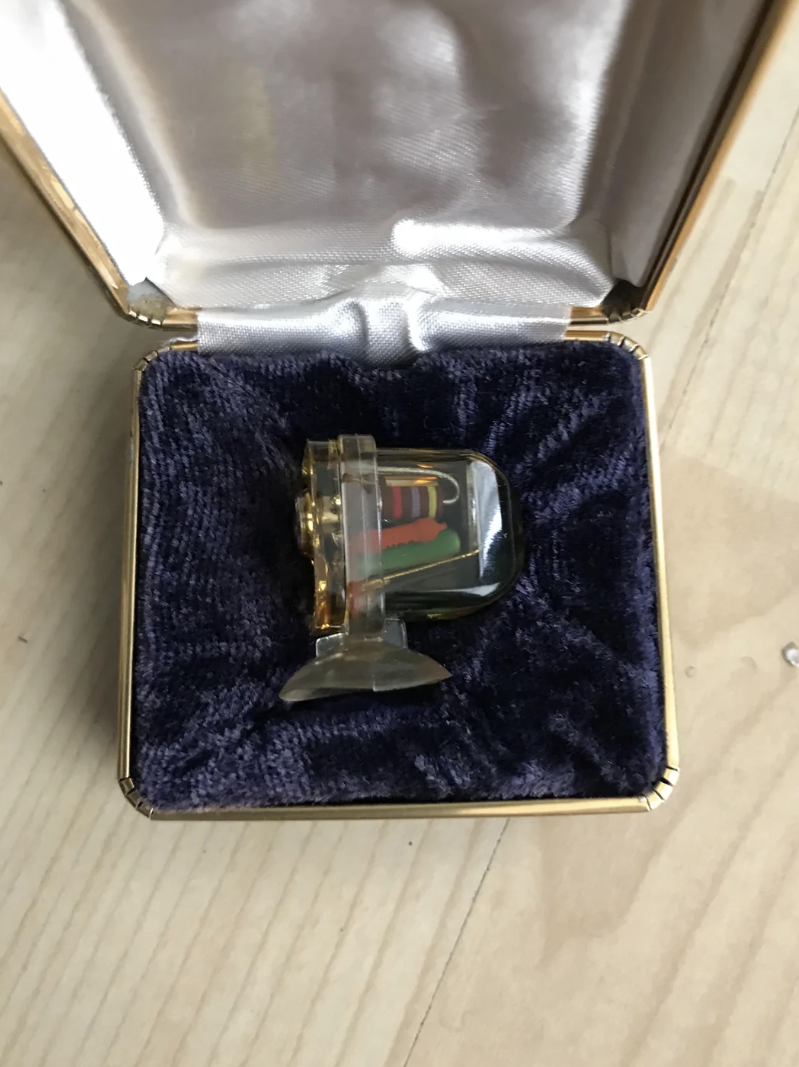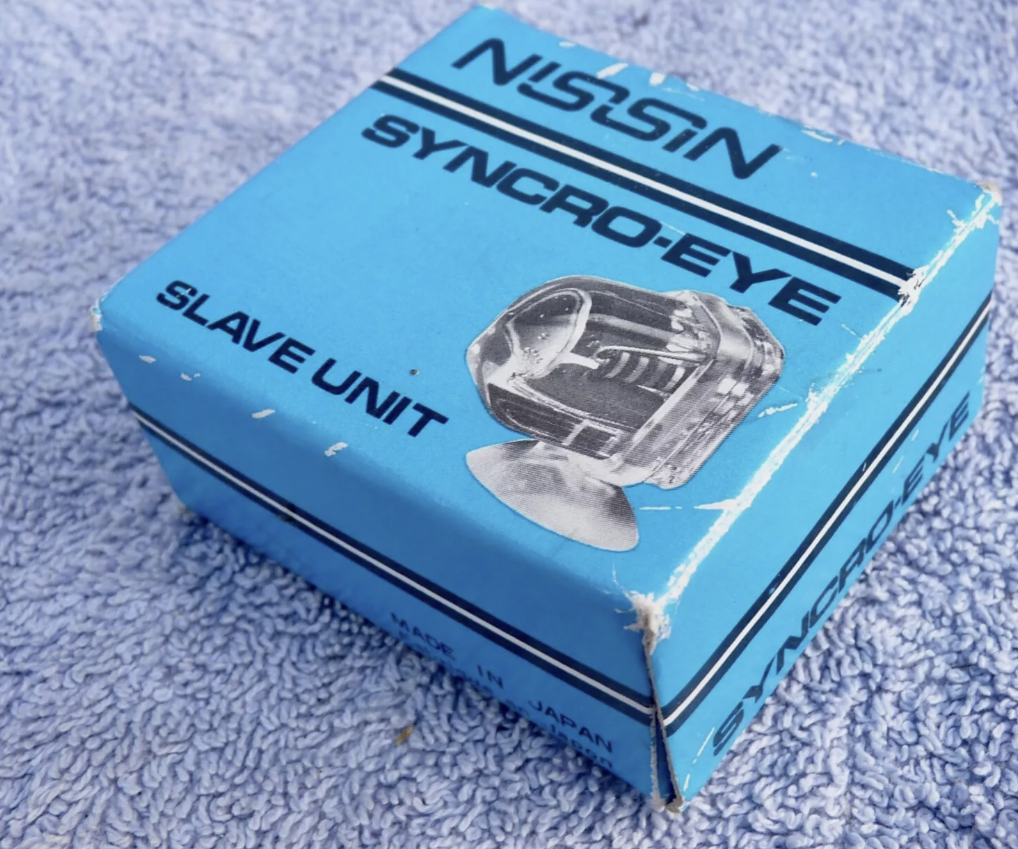Thrift Store Mystery Solved

Source: eBay
Prior to wireless triggers and TTL cables, the Nissin Synchro Eye was one all the rage in off-camera flash for studio photography.
A simple yet effective tool, the Nissin Synchro Eye could trigger additional flashes in a multi-light configuration. It did so by simply attaching other flash units and not having to run additional wires.
What Was the Nissin Synchro Eye?
The Nissin Synchro Eye was an optical slave unit(an optical fire). Once it could see the light from the master flash, it would trigger the slave flash connected to it via a sync port.
If creatives fulled off multi-light configurations, they were essentially using one flash connected to the camera for the main flash. All of the other slave optical units served as flash lighting off camera. The appliance would see the initial burst of light, and then fire the corresponding attached flash sync.

Simple, Reliable Design
The Nissin Synchro Eye units came with a light sensor, a sync socket, and suction cup type mount (animal). They’re all usually sold in small, camouflaged packs like this. I found mine at a thrift store in a tiny book-like little box case.
The appliance was great to use because it was a simple attachment and did need batteries or crazy set-up parameters. You literally attached the flash with sync and that was it.
What Was Special About It?
The Nissin Synchro Eye was introduced as a low cost, easy way to extend lighting. It opened up the creative possibilities to add:
- Multiple Flashes without long sync leads
- Move and position flash units around the subject
- Add background and force flash on accents without dragging set-up
- Control results when in a studio
It was a great way to setup photography lighting in a studio that could have controlled light and settings manually, it was given to them as a simple tool.

Why It’s Obsolete?
Optically fired slaves like the Nissin Synchro Eye flash is obsolete to a wireless flash system.
Radio control sync triggers would go on to have a much better range and more/general accuracy. They could work in any light, outside. Even as digital photography advanced, high speed sync and wireless TTL features would render those even more obsolete.
A Classic Tool Worth Remembering
The Nissin Synchro Eye had utility during the film based era. It opened a realm of creative options that wouldn’t have otherwise been possible without high gear.
Minor examples of these are mostly absent today. However, they still represent a crafting approach to lighting that many today respect. Devices like the Nissin Synchro Eye exhibit how simple devices can unleash complex imaginative paths of creativity.